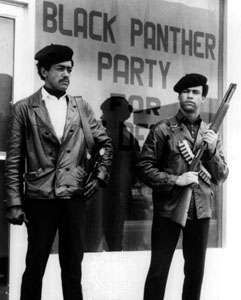Historical Contexts
- Nov 12, 2020
- 3 min read
The Slave Trade
Starting from the 16th century, black Africans from central and west africa would be transported throughout the triangular trade route and the middle passage in exchange for goods. The slaves would be crammed close together on a ship with little to no space to move, resulting in some not even surviving the voyage due to the extreme conditions they were placed in. The European ships would return with cargoes of sugar, rum, tobacco, etc. By the 1970s, an estimated amount of 480,000 people were enslaved into British Colonies. Slaves were regarded as cargo by ship owners so they would be transported as cheap and quickly as possible. African slave’s children would become legally the property of their owners, and those born to slave mothers were also regarded as slaves. As they were known as property, the slaves would be sold at markets with other goods and services.
The six main Atlantic slave trading nations were the Danish, the Dutch, the French, the Spanish, the British, and the Portuguese. They even created outposts where they could buy slaves from local African leaders on the African coast. Slaves would be put in a factory until they were shipped, and it is estimated that around 12 million to 12.8 million Africans were shipped through the 4-year course. Slaves would die through slave raids, wars, during transport, and from being in seasoning camps.

Colonisation of Africa
In the 19th and 20th centuries, the colonisation of Africa took place. They had a goal to colonise Africa’s country and impose dominance control. During the 20th century, there was a majority of Africa that was colonised by European power. There were three reasons for the push into Africa. These were political, social and economic reasons which were developed in the 19th century after the collapse and the restriction of the slave trade. Also, as well as the big industrial revolution, there were demands for raw materials and a worldwide search that took place for guaranteed quality materials to make a profit from – leading to the conquest of the colonisation of Africa.
20th century civil rights movement
The 20th century civil rights movement was a decade struggle from the years 1950 to 1960 by African Americans and their allies in an attempt to end inequality and injustice in the United States. The movement involved numerous peaceful protests, which eventually resulted in progress for the civil rights movement. Their nonviolent resistance and civil disobedience did end up securing protections in the federal law for human rights across all Americans, meaning they were very successful. The civil war abolished slavery, but not discrimination against African Americans, and discrimination was still common in the South. During the civil rights movement was also the introduction of the Jim Crow laws, which enforced racial segregation in the South. These laws were enforced up until 1965, during the civil rights movement. Black African Americans were still facing discrimination and violence by white supremacists in the South. The civil rights movements overall outcome was the Civil Rights Act of 1964, which ended segregation in public places and banned employment discrimination due to their race, colour, religion, sex and national origin.
The black panther political party of the 1960s
The black panther party, founded in 1966, had a purpose to patrol African American neighbourhoods in order to protect the people living in them from police brutality. The Panthers eventually ended up developing into a Marxist revolutionary group, calling for the arming of all African Americans, the exemption of African Americans from the draft, and the release from all African Americans from jail. They even called for the payment of compensation for the centuries that white Americans exploited them. During the 1960s, the Panther membership exceeded an amount of 2,000 people, leading the organisation to operate in several major American cities.
African Americans who lived in the North American cities continued to suffer economic and social inequality. Within these areas, residents were subjected to poor living conditions, with no job, chronic health problems, and violence (including police violence). The black panther movement was different to the other groups, as it distinguished between racist and non racist white americans. They allied themselves with progressive members of the ultimate group. The black panther party believed that capitalists and elites could exploit and even oppress others, particularly the African American working class.




Comments